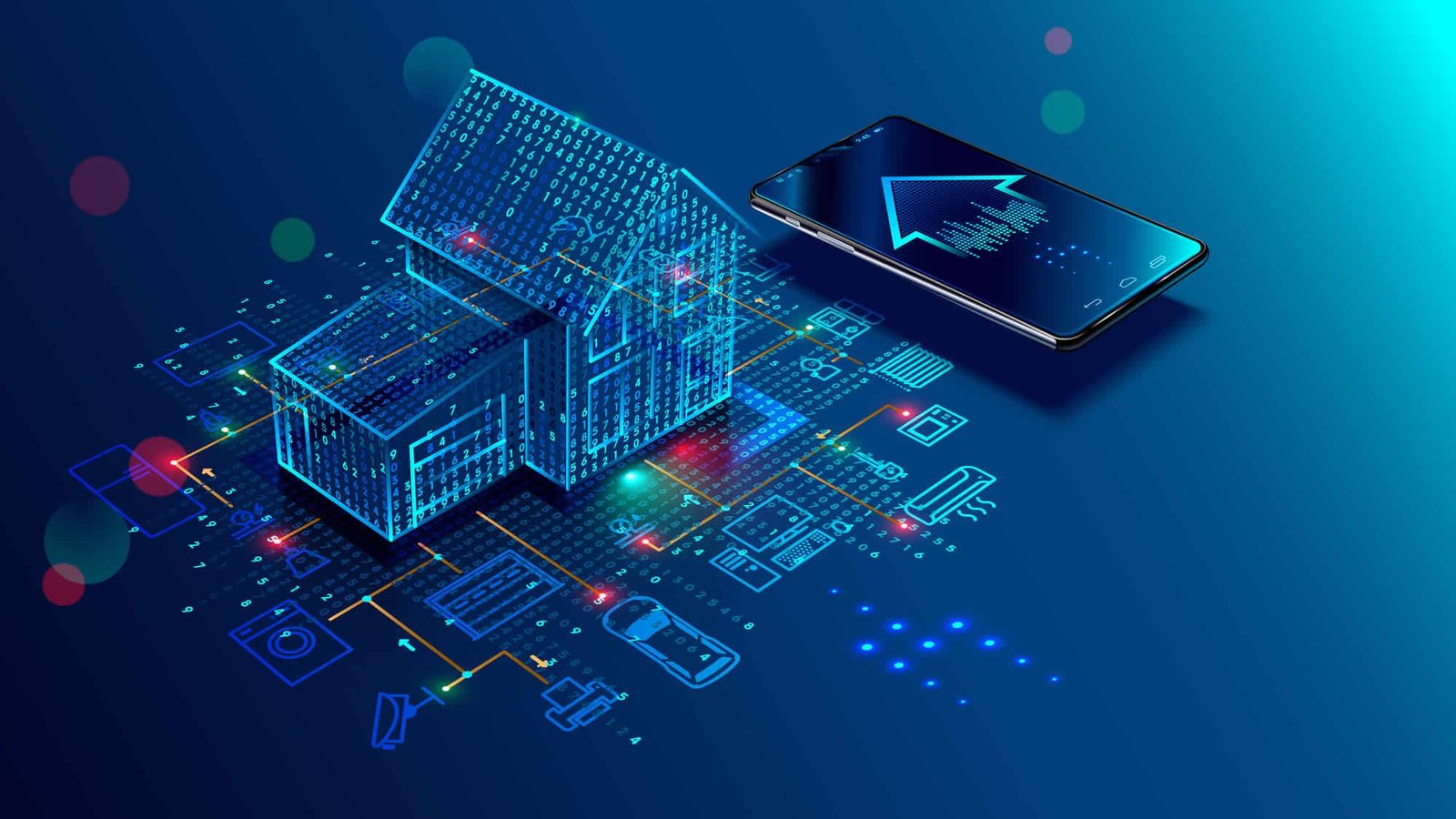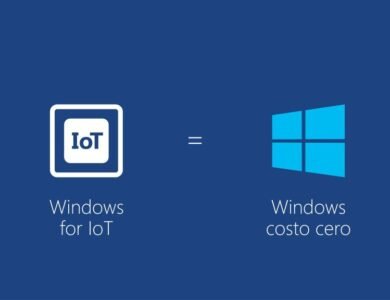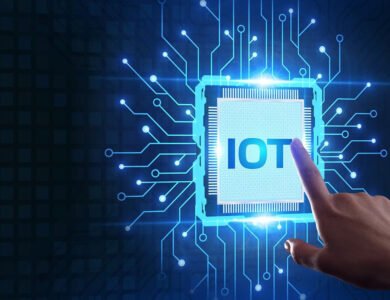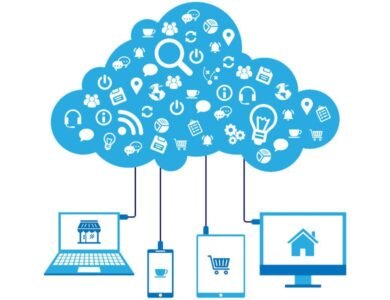The Internet of Things IoT Devices on Guest Networks is an interconnected smart device that enhances automation and data exchange. When deployed on a guest network, these devices offer convenient and secure solutions for visitors while maintaining separation from the primary grid. This segregation ensures privacy and prevents potential security risks, creating a dedicated space for seamless guest connectivity and device functionality.

The Evolution of IoT
The evolution of interconnected devices from simple data-sharing systems to sophisticated, intelligent ecosystems is documented in The Evolution of IoT. After some time, IoT has developed to integrate artificial reasoning, edge processing, and upgraded networks, upsetting enterprises, further developing proficiency, and making an additional interconnected and wise world.
Key Drivers of IoT Growth
- Advancements in Technology: Specialized progressions, like better sensors, availability, and handling power, are key drivers of IoT advancement. These advancements upgrade gadget capacities, filling the extension of interconnected environments.
- Decreased Costs: A significant driver of IoT growth is decreased costs associated with sensors, connectivity, and hardware components. This moderateness supports the broad reception and sending of interconnected devices.
- Increased Internet Penetration: Increased Internet penetration is crucial to IoT growth. As additional individuals get close enough to the web, the potential client base for interconnected gadgets grows, driving inescapable reception and development.
Applications of IoT
IoT has widespread applications across various sectors:
- Smart Homes: Automated lighting, thermostats, security systems, and appliances are IoT applications for smart homes. These interconnected devices empower controllers and observing, improving comfort, energy productivity, and home security.
- Healthcare: Wearable health devices, intelligent medical equipment, and remote patient monitoring are examples of IoT applications in healthcare. These interconnected advances upgrade patient consideration, further develop diagnostics, and smooth out medical services processes.
- Agriculture: In horticulture, IoT applications include accurate cultivation, observation of soil conditions, and computerized water system frameworks. These interconnected advances upgrade crop yield, diminish asset utilization, and improve ranch effectiveness.
- Industrial IoT (IIoT): In modern settings, Industrial IoT (IIoT) applications include constant checking, prescient upkeep, and computerization. These interconnected innovations upgrade functional effectiveness, diminish personal time, and work on generally modern cycles.
Challenges and Considerations
While IoT offers numerous benefits, it also presents challenges:
- Security and Privacy: Security and privacy are central challenges in IoT. To safeguard clients’ security and the framework’s trustworthiness, vigorous encryption and verification measures are important to shield gadgets and information from digital dangers.
- Interoperability: Interoperability is a huge test in IoT, as different gadgets and stages might battle to impart consistently. Guaranteeing normalized conventions and similarity is fundamental for proficiently working interconnected systems.
- Data Overload: Information overload represents a test in IoT, as the sheer volume of data of interconnected devices can overpower systems. Proficient information on the board and investigation are fundamental to removing significant bits of knowledge.
 The Future of IoT
The Future of IoT
The future of IoT is promising, with emerging trends like:
- Edge Computing: The future of IoT involves prominent integration with edge computing. This decentralized methodology processes information nearer to the source, diminishing dormancy and improving constant decision-production for interconnected devices.
- AI and IoT: The fate of IoT entwines with man-made reasoning (artificial intelligence), utilizing progressed investigation and AI to empower more astute independent direction. This collaboration upgrades the capacities of interconnected gadgets, driving development across ventures.
- 5G and IoT: 5G and IoT are closely linked, as 5G’s high-speed, low-latency connectivity facilitates the seamless operation of interconnected devices. This cooperative energy makes it ready for creative applications across different areas.
Conclusion to IoT devices on the guest network
Deploying IoT devices on guest networks offers a secure and convenient solution, enhancing user experience without compromising the integrity of the direct network. This segregation ensures privacy and mitigates potential security risks. As the IoT Devices on Guest Networks evolve, maintaining a dedicated space for guest connectivity remains crucial, fostering a balance between seamless accessibility and robust network protection.
FAQs for IoT Devices on Guest Networks
Rate our article (IoT Devices on Guest Networks: Maximizing Efficiency)How much do you like article?





